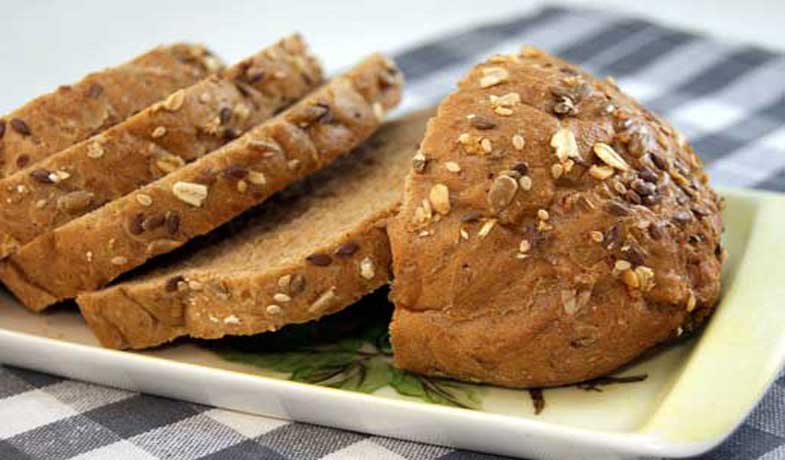Bread, bananas, apple juice or, for example, cake, foods that are very popular with many people, especially children, and are often on the menu every day. Are these foods dangerous?
Many healthy foods contain certain amounts of alcohol either for natural reasons, for example through the formation of alcohol during ripening or preparation, or due to the addition of alcohol-containing substances. The amount of alcohol consumed in healthy foods such as bread, bananas or grape juice is so low that it is completely safe for both children and adults.
How is alcohol created in natural, healthy foods such as bread, bananas or apple juice?
Alcohol is created through alcoholic fermentation. This takes place in fresh fruit or after bottling through the action of yeast on the fructose. Accordingly, there are 6 grams of alcohol per kg in fruit, for example fully ripe bananas, or alcohol in fruit juices and other fruit products. Natural fruit juices contain up to 3 grams of alcohol per liter, grape juice even contains up to 10 grams of alcohol per liter. Alcohol can also be produced during bread making. For example, when loosening dough using yeast. Normal mixed bread contains between two to four grams of alcohol per kg. And of course certain amounts of alcohol are produced during lactic acid fermentation. That’s why sourdough bread, sauerkraut and kefir also contain alcohol. Traces of alcohol are also used as a carrier in the production of flavors.
Foods with alcohol
Alcohol g/liter or g/kg (mg) per serving Grape juice ~ 4.0 g/l 800 mg Apple juice ~ 2.0 g/l 400 mg Grapefruit ~ 1.0 g/kg 200 mg White bread ~ 2.0 g /kg 100 mg rye bread ~ 3.0 g/kg 150 mg kefir ~ 5.0 g/kg 1000 mg sauerkraut ~ 5.0 g/kg 1000 mg
Is alcohol safe in these quantities, even for children?
The nutrition report from the German Nutrition Society (DGE) states that children between the ages of four and thirteen consume an average of 0.2 percent of their total calories through alcohol. This amount of alcohol is mainly absorbed through the natural alcohol content in undoubtedly healthy foods such as bananas, bread or apple juice. In the entire paediatrics literature, no case is known to date in which the amount of alcohol consumed through these foods has caused health damage. It is therefore still true that increased consumption of these carbohydrate-rich foods is recommended, both for children and adults. By the way, the human body produces certain amounts of alcohol through metabolism.
Does increased consumption of these alcohol-containing foods lead to habituation to alcohol?
The assumption that eating foods with an alcoholic smell or taste in childhood makes it easier to get used to higher-proof alcohol later in life cannot be proven. This connection exists for alcoholic drinks such as beer, wine or schnapps, but not for foods that have a very low alcohol content. The threshold for detecting alcohol in baked goods is between three and seven grams per liter or kg, depending on how they are prepared. With all foods that contain less alcohol, the alcohol is undetectable. This prevents habituation and any kind of health risk.
Further topics on health and medicine
